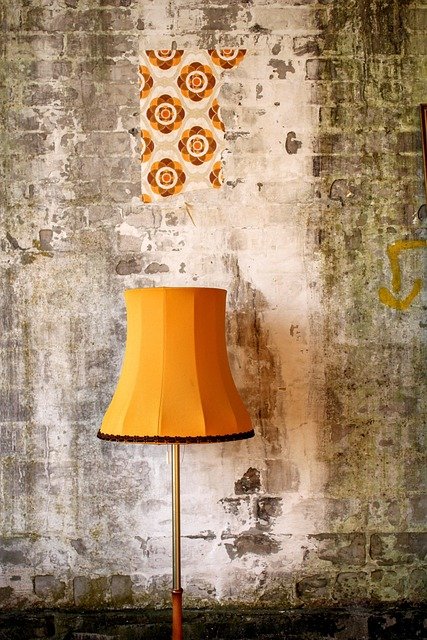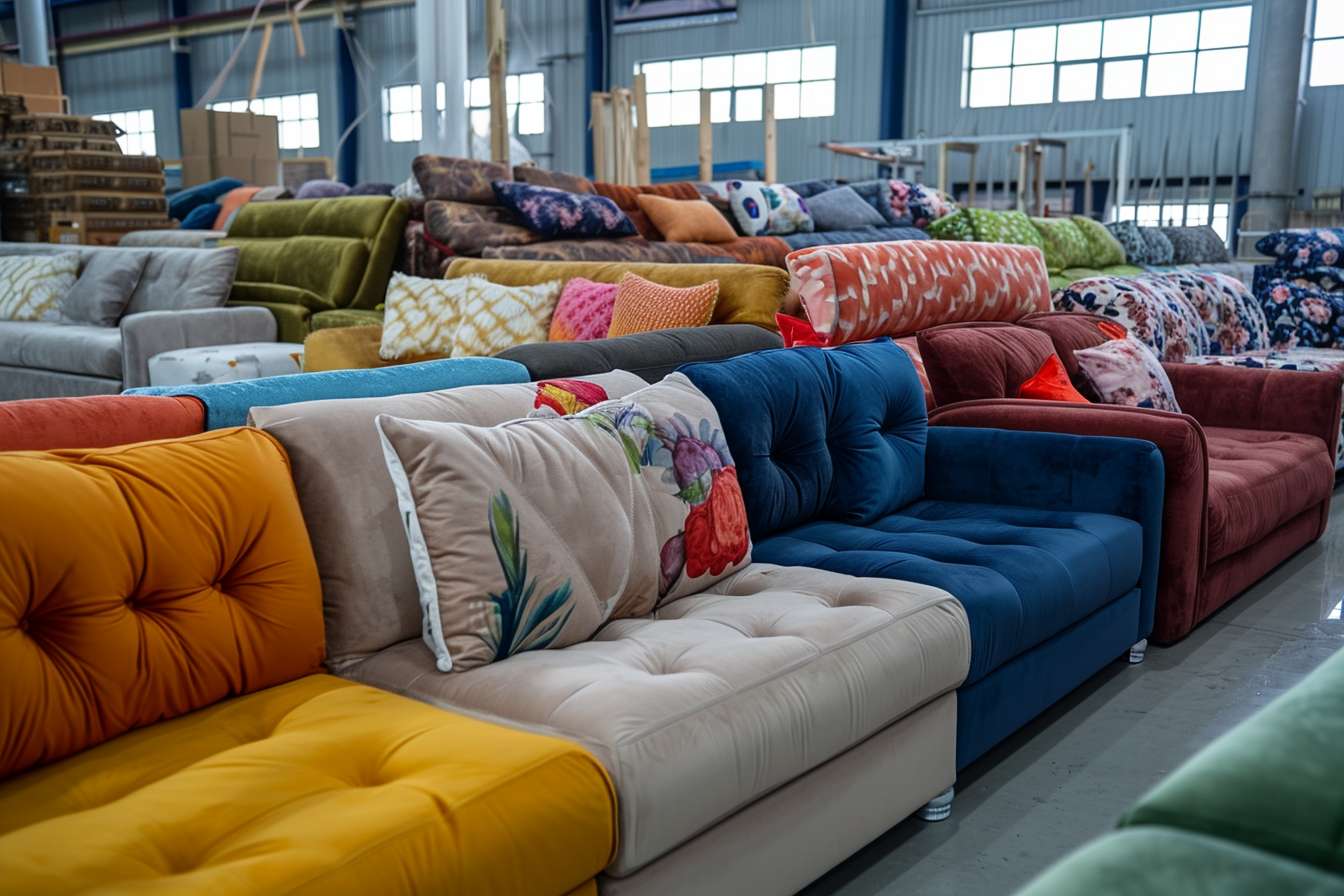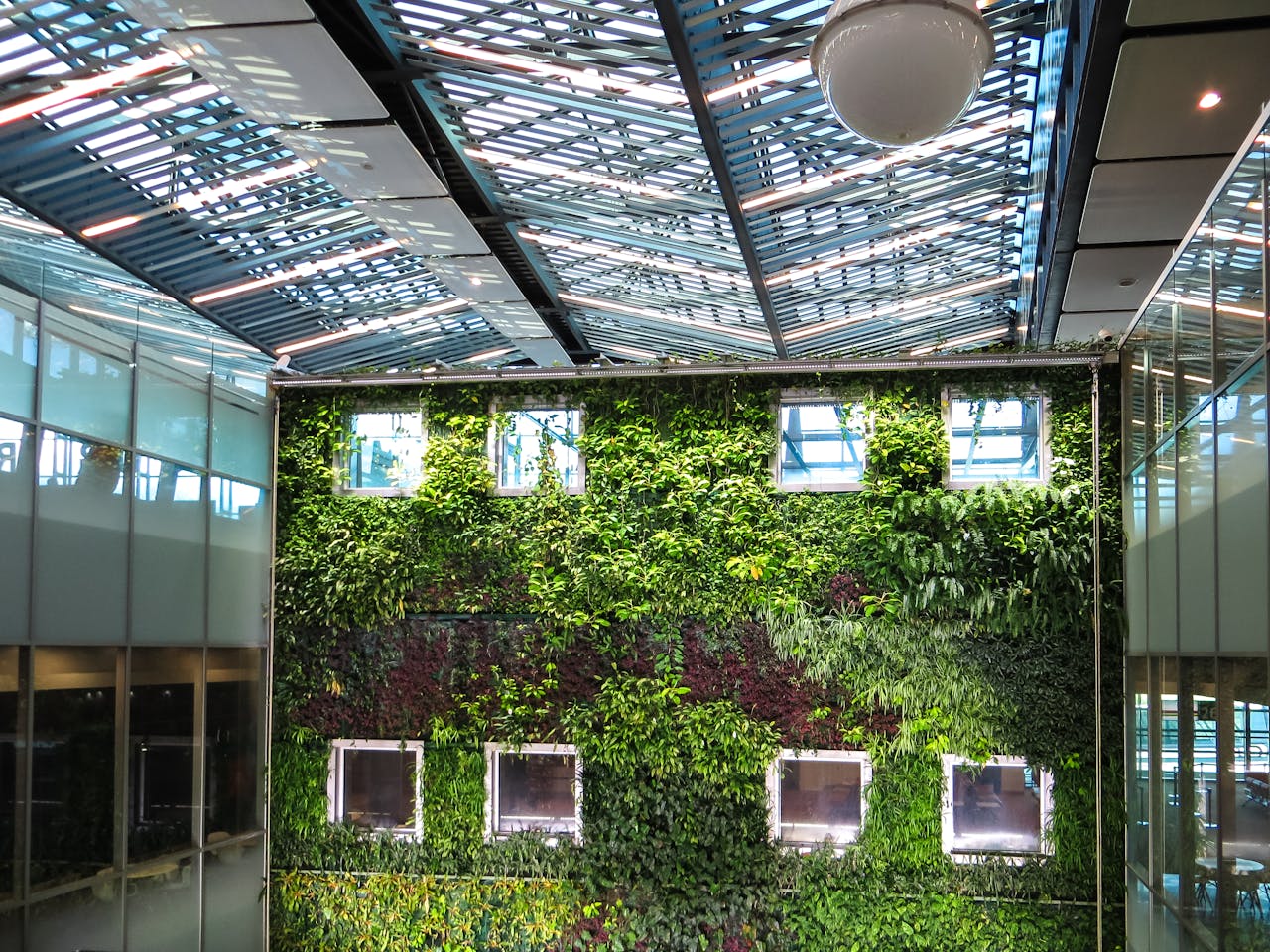The Whimsical World of Wabi-Sabi Wallpaper
In a world where perfection often reigns supreme, a quiet revolution is taking place in the realm of interior design. Wabi-sabi wallpaper, an emerging trend that embraces imperfection and transience, is transforming homes into havens of serene beauty. This unique approach to wall decor invites us to find beauty in the flawed, the weathered, and the incomplete, creating spaces that feel both grounding and deeply personal.

The Roots of Wabi-Sabi
Wabi-sabi is a Japanese aesthetic philosophy that finds beauty in imperfection and impermanence. Originating from Zen Buddhist teachings, it encourages a appreciation for the natural cycle of growth, decay, and death. In the context of interior design, wabi-sabi translates to a celebration of authenticity, simplicity, and the marks left by time.
The concept of wabi-sabi wallpaper takes this ancient philosophy and applies it to modern wall coverings. Unlike traditional wallpapers that often feature bold patterns or pristine imagery, wabi-sabi designs embrace subtle imperfections, asymmetry, and a sense of organic evolution.
Characteristics of Wabi-Sabi Wallpaper
Wabi-sabi wallpaper is characterized by several key elements that set it apart from conventional designs:
-
Muted Color Palette: Soft, earthy tones dominate, with hues reminiscent of natural materials like clay, stone, and aged wood.
-
Textural Depth: Visual and tactile textures mimic worn surfaces, creating a sense of history and lived experience.
-
Imperfect Patterns: Designs often feature irregular shapes, uneven lines, or intentionally faded areas, celebrating the beauty of wear and tear.
-
Natural Inspirations: Motifs drawn from nature, such as leaf veins, tree bark, or water-stained surfaces, are common.
-
Handcrafted Appearance: Many wabi-sabi wallpapers have a handmade quality, with visible brush strokes or variations that speak to the human touch.
The Appeal in Modern Homes
The rise of wabi-sabi wallpaper reflects a broader shift in interior design towards more mindful, connected living spaces. In an era of mass production and digital perfection, there’s a growing desire for authenticity and tactile experiences in our homes.
Wabi-sabi wallpaper offers a counterpoint to the sleek minimalism that has dominated design trends in recent years. It allows homeowners to create spaces that feel lived-in and soulful from the moment they’re installed. This approach resonates particularly well with those seeking to create calm, meditative environments that serve as a respite from the chaos of modern life.
Moreover, the adaptability of wabi-sabi designs makes them surprisingly versatile. They can complement a wide range of interior styles, from rustic farmhouse to contemporary loft spaces, adding depth and character without overwhelming the overall aesthetic.
Application and Styling
Incorporating wabi-sabi wallpaper into your home requires a thoughtful approach. Here are some tips for successful application and styling:
-
Choose Your Space Wisely: Wabi-sabi wallpaper works well in areas where you want to create a sense of calm and introspection. Bedrooms, reading nooks, and meditation spaces are ideal candidates.
-
Consider Scale: Large-scale patterns can create a dramatic impact, while smaller, more subtle designs can add texture without dominating the space.
-
Balance with Simplicity: Pair wabi-sabi wallpaper with simple, clean-lined furniture to create a harmonious balance between texture and form.
-
Embrace Natural Materials: Complement your wallpaper with natural materials like wood, stone, and linen to enhance the organic feel of the space.
-
Lighting Matters: Soft, diffused lighting can enhance the subtle nuances of wabi-sabi wallpaper, creating a warm and inviting atmosphere.
Creating Custom Wabi-Sabi Wallpaper
For those seeking a truly unique expression of wabi-sabi in their homes, creating custom wallpaper is an exciting option. This process allows for a deeper connection to the philosophy by incorporating personal elements or site-specific inspirations.
Artists and designers are experimenting with techniques such as hand-painting, natural dyeing, and even incorporating actual weathered materials into wallpaper designs. These bespoke creations can tell a story unique to the homeowner, reflecting their personal journey or the history of their living space.
The Future of Imperfect Beauty
As we move forward, the wabi-sabi wallpaper trend is likely to evolve, potentially influencing other aspects of interior design. We may see an increased interest in imperfect, handcrafted elements throughout the home, from textiles to furniture finishes.
This shift towards embracing imperfection could also have broader implications for how we approach design and consumption. By valuing items that age gracefully and tell a story, we may move away from disposable decor towards more sustainable, long-lasting choices.
In conclusion, wabi-sabi wallpaper offers more than just a new way to decorate our walls. It invites us to reconsider our relationship with our living spaces, encouraging a more mindful, appreciative approach to the beauty that surrounds us. As we learn to find joy in the imperfect and transient, our homes become not just showcases of style, but true reflections of life’s journey.





